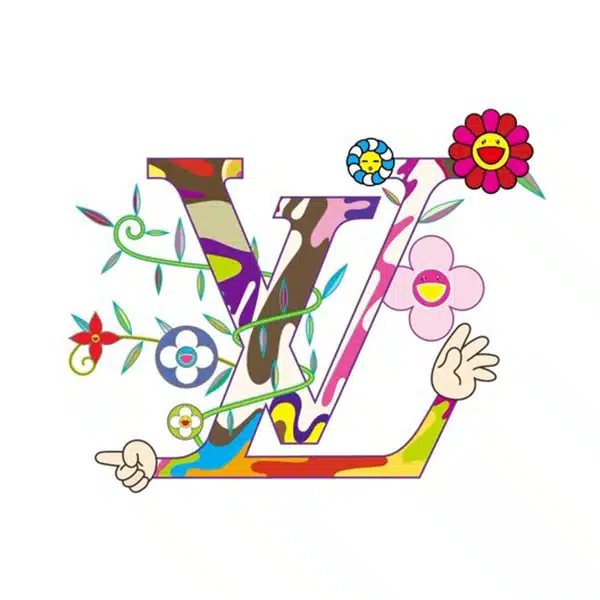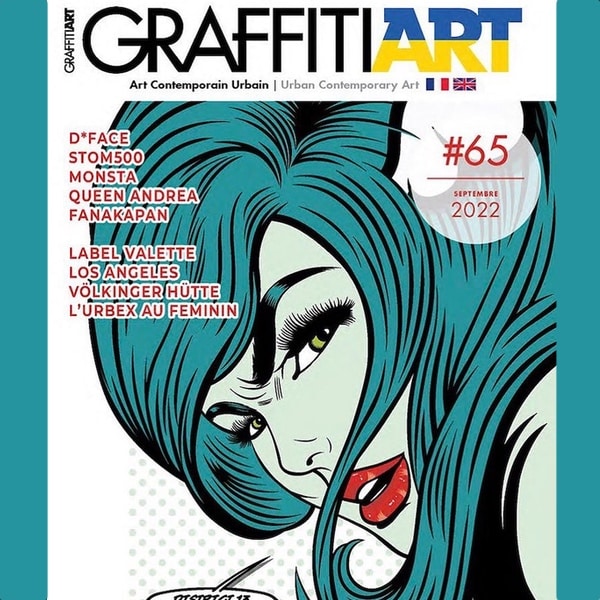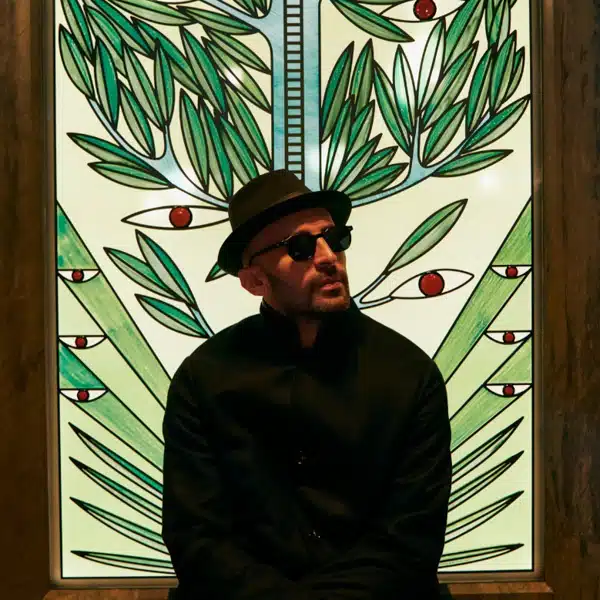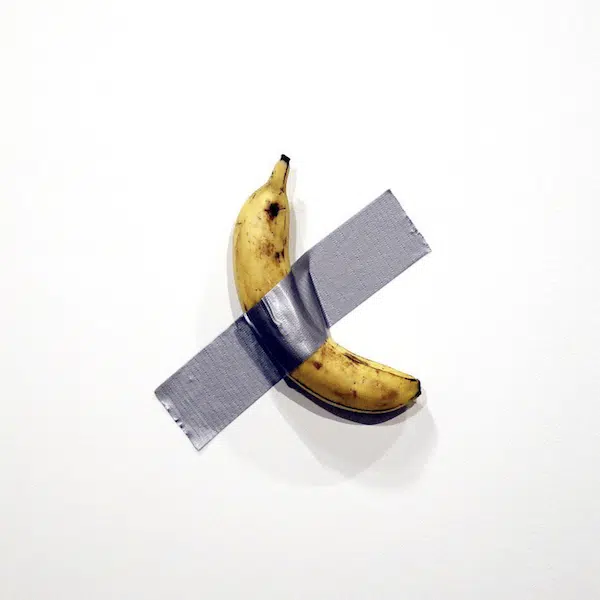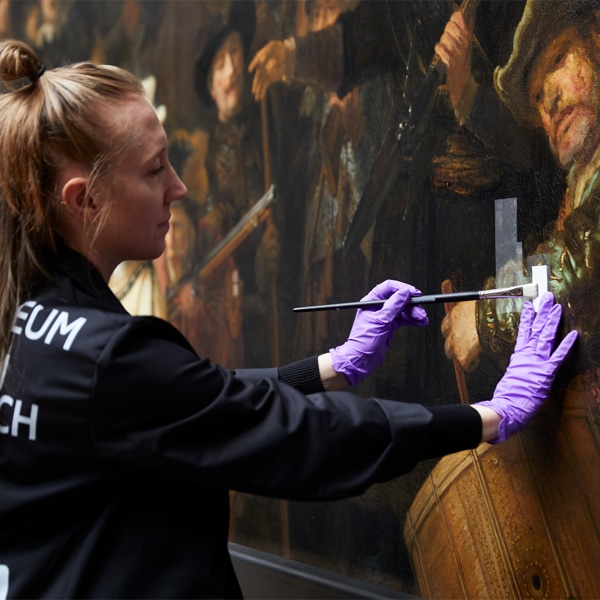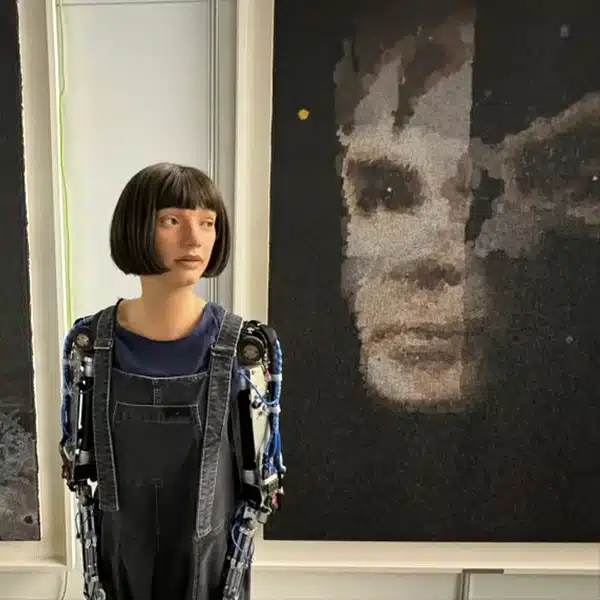View this post on Instagram
Known for his soothing voice and masterful painting skills, artist Bob Ross remains a beloved internet sensation. In his show The Joy of Painting, which aired from 1983 to 1994, he demonstrated the process of wet-on-wet landscape painting. Even today, Ross's videos continue to be popular resources for artists of all skill levels due to his kind, motivational words and accessible, step-by-step instructions.
However, there's more to the television personality than meets the eye. Did you know that the Florida-born artist served in the U.S. Air Force for 20 years prior to his on-screen debut? During this time, Ross attended an art class at the Anchorage U.S.O. club and discovered a passion for painting. The expansive natural landscapes of Alaska served as the initial inspiration for his canvases.
Here, we explore 8 more facts about Bob Ross.
Learn 8 facts about the painting instructor Bob Ross.
View this post on Instagram
His quiet way of talking is intentional.
In addition to his lightning-fast artistic skills, Ross is remembered for his soothing and laid-back demeanor on camera. As it happens, this was a deliberate choice by the artist. Ross explained that after serving so many years in the Air Force, where he was compelled to be tough and loud, he swore to never raise his voice again.
He was inspired by another instructional painting program.
While Ross was still working in the military, he came across an instructional TV show called The Magic of Oil Painting, hosted by German painter Bill Alexander. In it, Alexander explained the wet-on-wet style of painting—a popular technique used by the Impressionists and Post-Impressionists for its facilitation of quick artwork. As the name suggests, wet-on-wet entails that the artist applies layers of wet paint over paint that has not yet dried. After substantial practice, Ross became very adept at the technique and was able to produce a painting in about 30 minutes.
View this post on Instagram
Bob Ross's signature perm was a business choice.
Before he was on TV, Ross worked as a traveling salesman for “Alexander Magic Art Supplies Company” and taught painting lessons. One of his students, Annette Kowalski, was very impressed by his talents and persuaded Ross and his family to start the art company, Bob Ross Inc. It was during the shaky beginnings of this venture that the painter decided to perm his hair, as a way of cutting down costs.
Once Ross and his perm were integral to the company logo, the artist confessed that he felt as though he couldn't change the hairstyle, despite not liking it.
He worked for free.
Although The Joy of Painting is now a cult favorite, initially the show was created as a way of advertising the Bob Ross line of art supplies and instructional books. In fact, Ross derived no income from the show itself—instead, he relied exclusively on the sales.
View this post on Instagram
He had a deep love for animals.
During his youth in Orlando, Florida, Ross came across many injured animals which he would bring home to care for. Among them were squirrels, armadillos, snakes, and even alligators. This was a trait he carried into adulthood, as he included several little animals on The Joy of Painting, including a squirrel named Peapod.
He preferred painting trees over people.
Each episode of The Joy of Painting features Ross walking the audience through a bucolic landscape painting. Most of these reflect the scenery of Alaska, where the artist was stationed for the majority of his Air Force career. Ross's canvases often feature wooded forests and grand mountains, as well as serene lakes and snow. However, the artist intentionally avoided depicting people. Even when Ross included a picturesque log cabin, he deliberately omitted any smoke coming from the chimney, suggesting that it was uninhabited.
View this post on Instagram
He was missing part of his left index finger.
Although it's hard to see during his TV show, Ross lost part of his left index finger during a childhood woodworking accident. This small disability, however, never bothered him in his prolific painting career.
Ross made three copies of each painting you see in The Joy of Painting.
Thanks to the rapidity of the wet-on-wet technique, Ross was able to produce three copies of each painting. The first, entitled “Kowalski,” was created before the show, and placed off-camera for Ross to use as a reference while he made the second, or “TV” version. After the episode was recorded, the artist would then paint a more detailed rendition, called “book,” for the instructional books.
Related Articles:
5 Fascinating Facts About Margaret Wise Brown, the Adored Author of ‘Goodnight Moon’











































































